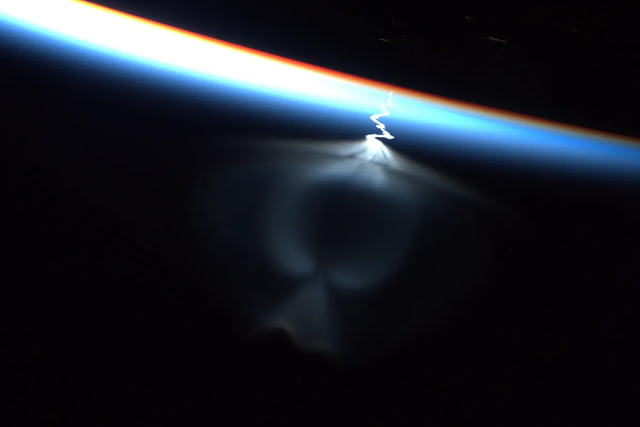One rabbit hole in the field of quantum physics provides a special perspective into a universe where particles act differently—through the metaphorical-looking glass. The discipline of quantum physics is rich with routes leading to exciting new areas of study.
The discovery of this artifact, known as the “Alice ring” after Lewis Carroll’s well-known tales about Alice’s Adventures in Wonderland, confirms a long-held idea about how monopoles deteriorate. They specifically decay into a ring-shaped vortex, where any other monopoles that pass through the center are transformed into opposing magnetic charges.
These findings, which were published in Nature Communications on August 29, are the most recent in a line of research that spans the careers of Professors Mikko Möttönen of Aalto University and David Hall of Amherst College.
“This was the first time our collaboration was able to create Alice rings in nature, which was a monumental achievement,” Möttönen remarked.
“This fundamental research opens new doors into understanding how these structures and their analogs in particle physics function in the universe,” continued Hall.
The lengthy collaboration, known as the Monopole Collaboration, first demonstrated the existence of a quantum equivalent of the magnetic monopole in 2014, separated quantum monopoles in 2015, and finally watched one decay into the other in 2017.
In the field of quantum physics, monopoles are still a difficult idea to grasp. Monopoles, as their name suggests, are the single version of dipoles, which have positive and negative charges at their respective poles. A monopole, on the other hand, exclusively transports positive or negative charges.
Laying theoretical groundwork



